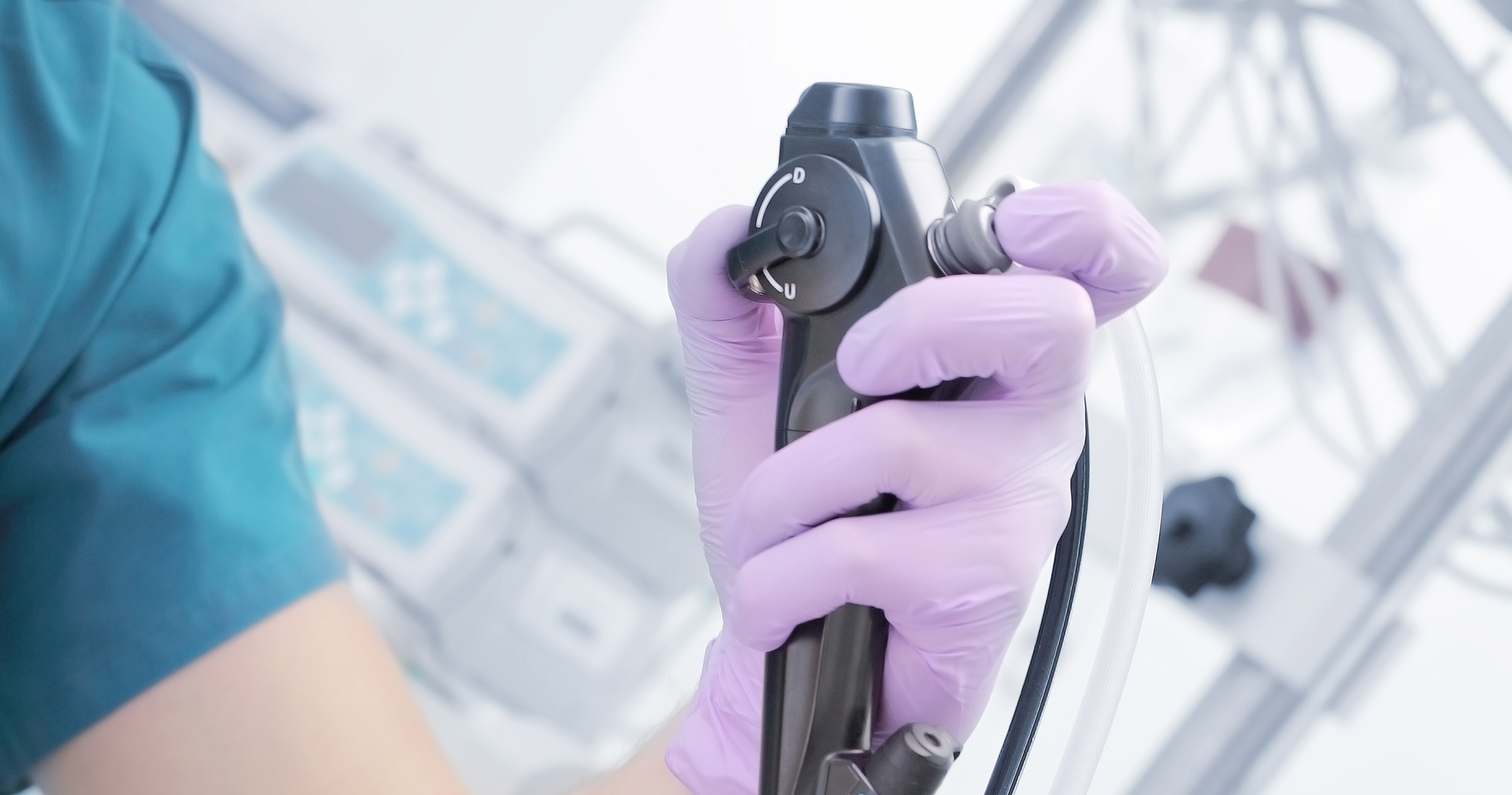
The estimated cross-contamination rate of patient-ready reusable bronchoscopes is more than 8 percent, according to a recent literature review.
That meta-analysis, written by Helena Travis, a global health economist, and others, was published in February 2023 in the Journal of Infection Prevention.
The literature review includes eight studies of 2,169 samples with a finding of 149 positive tests. The studies included were conducted between January 2010 and June 2020.
Although bronchoscopy is generally a safe procedure, the risk of cross-contamination with reusable flexible bronchoscopes has been detected in several outbreaks worldwide. The goal of this review was to assess the frequency of cross-contamination in patient-ready reusable bronchoscopes based on existing literature.
“Despite continuous improvement in reprocessing and reprocessing guidelines, the reusable flexible bronchoscope (RFB) cross-contamination rate is still high,” the authors wrote. “An infection control paradigm shift is needed to ensure patient safety.”
Travis and one of the review’s two other authors are employed by Ambu A/S, a single-use endoscope manufacturer. Single-Use Endoscopy is an Ambu USA Learning Center.
The safe reprocessing of all types of reusable endoscopes is critical to public health, since millions of procedures using endoscopes are performed annually around the world. Cross-contamination from patient-ready endoscopes, while rare, is a concern because studies show reprocessing does not guarantee 100 percent removal of all organisms from scopes, even when all guidelines are followed.
Contaminated reusable flexible bronchoscopes are frequently associated with outbreaks of healthcare-associated infections (HAIs). Microorganisms can be transmitted from previous patients or by contaminated reprocessing equipment or contaminated reusable endoscopes, according to the study.
Endoscopes have narrow internal channels that are difficult to clean and disinfect and can easily become contaminated.
A recent database analysis of medical device reports submitted to the U.S. Federal Food and Drug Administration (FDA) between 2014 and 2021 documented multidrug-resistant bacteria on six types of flexible endoscopes.
That analysis of the MAUDE database, by Dr. Lawrence Muscarella, an infection prevention expert (and Ambu consultant) focused on colonoscopes, duodenoscopes, gastroscopes, bronchoscopes, ear-nose-throat (ENT) scopes and urological endoscopes, sold by a variety of manufacturers.


